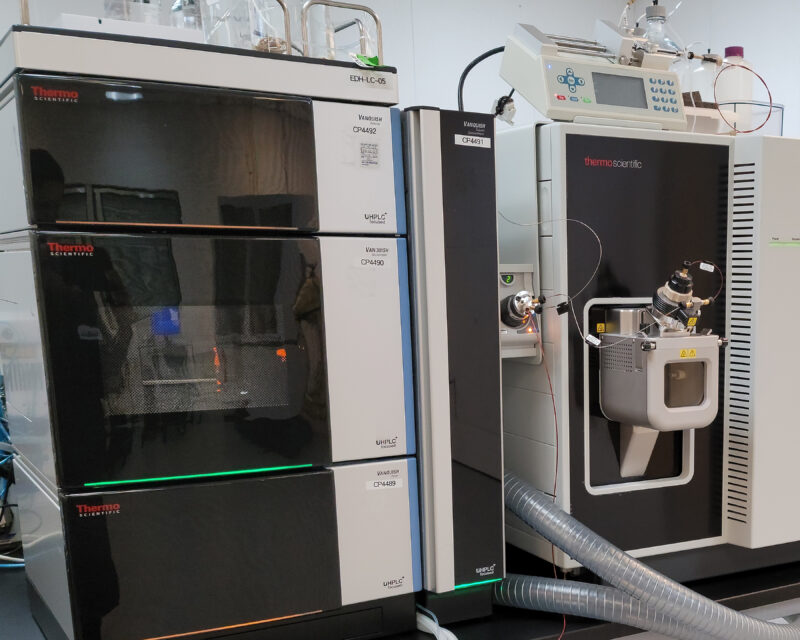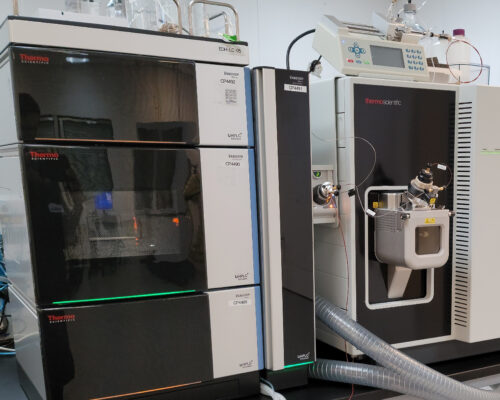The term Reference Standard Qualifications (RSQ) “is defined as a list of tests, references to analytical procedures, and appropriate acceptance criteria,”1 and incorporate these quantitative reference standards to do so: purity, potency, identification, impurities content, and generally full characterization.

Identity Testing
There are a range of tests to ensure the identity of the drug product or drug substance. These can be done by a variety of equipment, including LC-MS, 1H NMR, 13C NMR, FTIR (Fourier Transform Infrared Spectroscopy), TGA (Thermal Gravimetric Analysis)/DSC (Differential Scanning Calorimetry), and UV-Vis. Appearance testing can be achieved by chiral or ion chromatography, elemental analysis (identifying C, H, and N), TGA/DSC, and XRPD.
Quantitative Testing
For quantitative reference standards, there is a standard formula that should utilized (HPLC Purity) x (100% − % Residual Solvents − % Inorganic Impurities) = The Determination and Confirmation of the Assay Value % (i.e., weight %). These component values can be quantified by using HPLC for the purity analysis, residual solvents by LOD or KF Water Content and HSGC, and inorganic impurities by ROI (Residue on Ignition), ICP-MS/OES ((Inductively Coupled Plasma Mass Spectrometry or Inductively Coupled Plasma Optical Emission Spectroscopy). (For a limited number of sample quantities of both residual solvent or inorganic impurities, they can alternatively be tested by TGA.) Finally, to access the weight percentage confirmation, titration and qNMR are excellent techniques.
Concurrent with identity and quantitative testing, storage conditions and stability should be established. This includes storage (container/closure), expiration dating, re-testing procedures, and usage and tracking.
We Can Assist with your Reference Standard Qualifications Needs
SK pharmteco has years of experience and numerous experts in Reference Standard Qualifications. Compendia methods (USP/EP/BP/JP) are utilized in tandem with analytical method development, validation, and transfer to ensure optimal success with your drug substances and drug products. Please contact us with any specific questions or to receive a quote for your RSQ needs.
References





